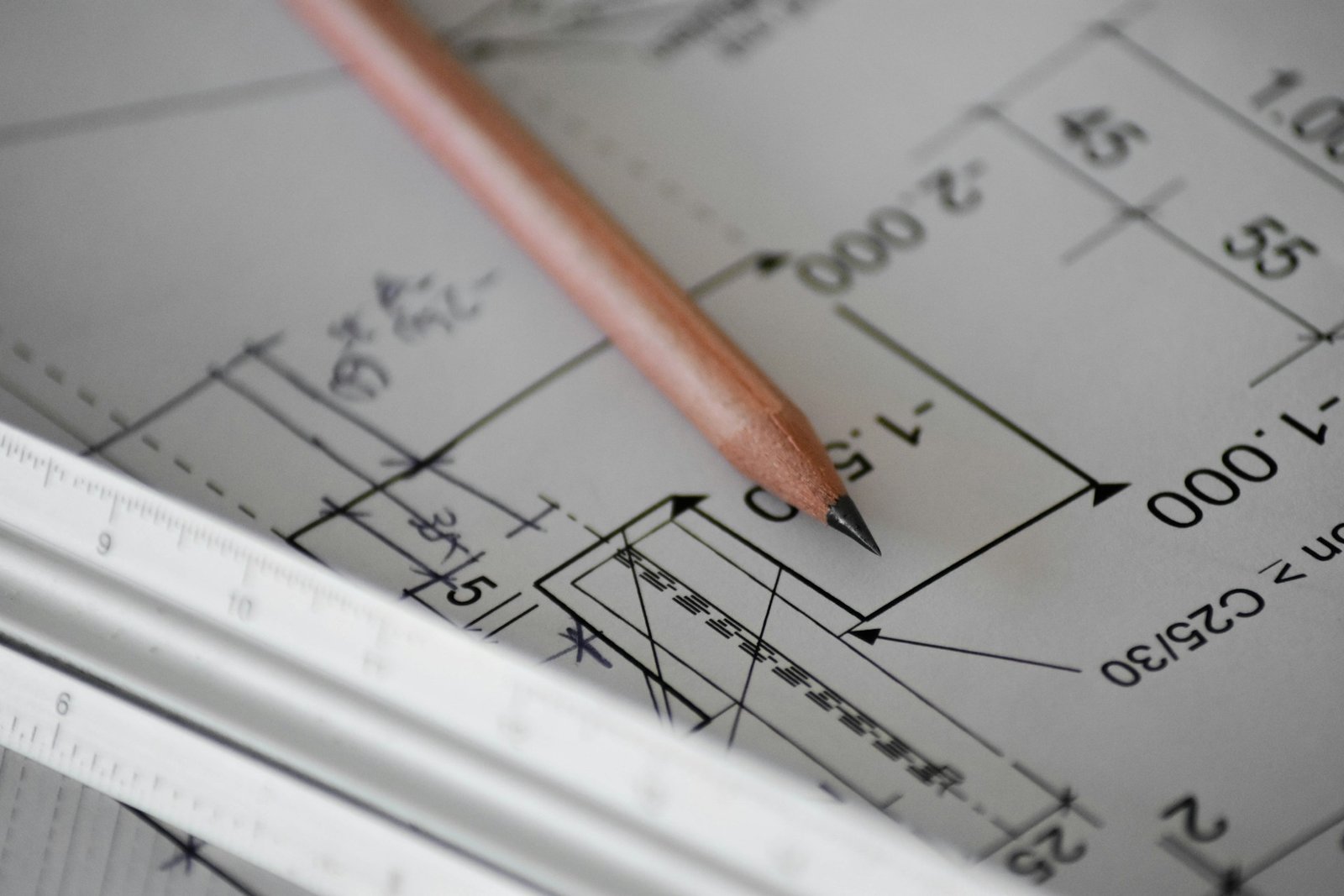Don’t Get Sold. Get Smart.
Piers can be the right fix, but they’re also one of the most oversold repairs in home contracting. Before you sign anything, run through these five checks. You’ll either confirm the need—or save thousands.
1) Verify with your own measurements (not fear tactics)
What to do (10–15 min):
- Sketch each room and mark ~8–12 points (corners, mid-wall, center).
- Pick a benchmark spot that feels solid (often near an interior wall).
- At every point, place a digital level or angle gauge on the floor. Write down the reading.
- Recheck a few points in the opposite direction to confirm.
- (Optional) Use a laser level or a simple water level (clear tubing filled with water) to compare elevations between rooms.
Rules of thumb:
- About 0.1° ≈ 0.21 in over 10 ft; 0.2° ≈ 0.42 in over 10 ft.
- If floors slope roughly ½–1 inch over 10 ft, that’s a reason to investigate—but it’s not an automatic “you need piers.” Look for patterns (localized vs. whole house, getting worse vs. stable).
Helpful tools:
- Digital angle/level:
- RISEPRO Digital Angle Finder (simple and accurate) → Get it Now
- Upgrade: Bosch GIM 60 24″ Digital Level — Get it Now
- Cross-line laser level (great for repeatable checks): Bosch GLL50-20 → Get it Now
Red flags from sellers:
- No measurements, only “I can see it’s sinking.”
- One or two readings used to justify a house-wide pier plan.
2) Require a licensed engineer’s plan (not just a bid)
If piers are truly needed, a licensed structural engineer (PE) should specify them. Ask for:
- A stamped plan with the count, locations, spacing, depth, and the design loads.
- The testing method (e.g., load test/verification).
- A drawing showing where and why each pier is necessary.
What to do:
- If the salesperson can’t produce an engineer-stamped plan, don’t sign. Get an independent engineer to review your measurements and the house.
Helpful resource (for your homework):
- Foundation Repair Secrets (consumer-oriented overview) → Get it Now
Red flags:
- “We’ll add the engineer later—just sign to lock in today’s discount.”
- Vague phrases like “stabilize the structure” without calculations or a site-specific layout.
3) Compare new numbers to old numbers
Shifts are only meaningful over time.
What to do:
- Check old inspection reports, past foundation bids, or any previous floor readings.
- Put today’s readings next to older ones. If the pattern is stable (or improved), you may not need piers.
- Start your own log so you control the narrative going forward.
Helpful tool:
- Deluxe Home Maintenance Log Book (keep measurements, bids, photos together) → Get it Now
When to re-measure:
- Twice a year (spring/fall), after extreme rain events, or if new cracks/sticking doors appear.
4) Fix drainage first (cheap, fast, high-impact)
Water is the #1 culprit behind many “foundation” problems. You want 5% slope away from the house (≈ 6 inches drop over 10 feet), clean gutters, and downspouts that discharge far from the foundation.
What to do today:
- Add/extend downspouts 5–10 ft from the house.
- Clean gutters.
- Use splash blocks where extensions aren’t possible.
- Regrade low spots that hold water next to the foundation.
Budget helpers:
- Flexible downspout extensions (Amerimax Flex-A-Spout) → Green: Get it Now, Brown: Get it Now
- Splash block option (no digging): Rubberific Splash Block → Get it Now
Red flags:
- Seller ignores obvious drainage issues and jumps straight to a pier count.
- Bid includes no gutter/downspout/grading notes.
5) Get two more opinions—and standardize what you ask
What to ask every bidder (copy/paste):
- “Please provide a to-scale layout showing each proposed pier.”
- “List the design load, depth, and installation method for each pier.”
- “Include your warranty terms, what voids them, and who stands behind the warranty.”
- “Will a licensed PE review and stamp the final plan?”
- “What non-pier options did you consider and why were they ruled out?”
What not to do:
- Don’t sign same-day discounts.
- Don’t accept “we’ll figure it out on install day.”
Quick recap
- Measure it yourself.
- Don’t proceed without an engineer’s stamped plan.
- Compare against past data.
- Fix drainage first.
- Standardize questions and get multiple bids.
If piers are truly needed, these steps will still lead you there—with clarity. If they’re not, you just saved five figures.
Before you go, check out this article we wrote with more information to understand your home’s foundation.
Don’t Get Sold. Get Smart.




